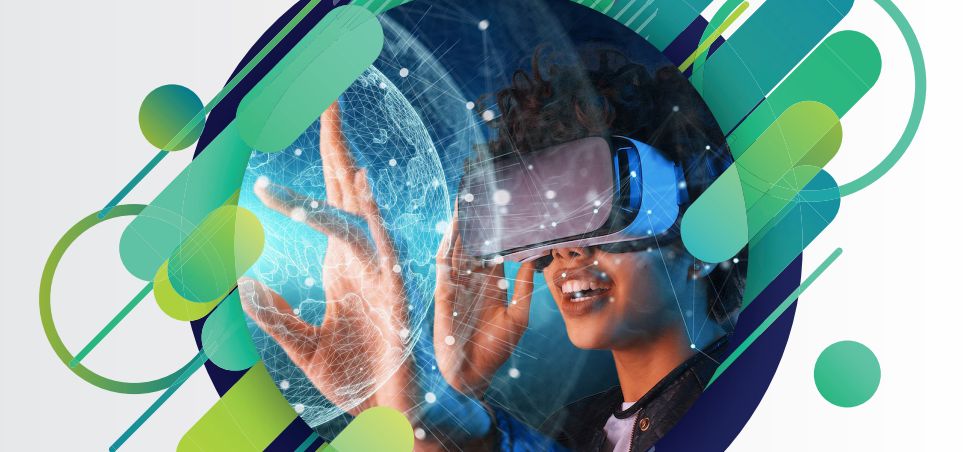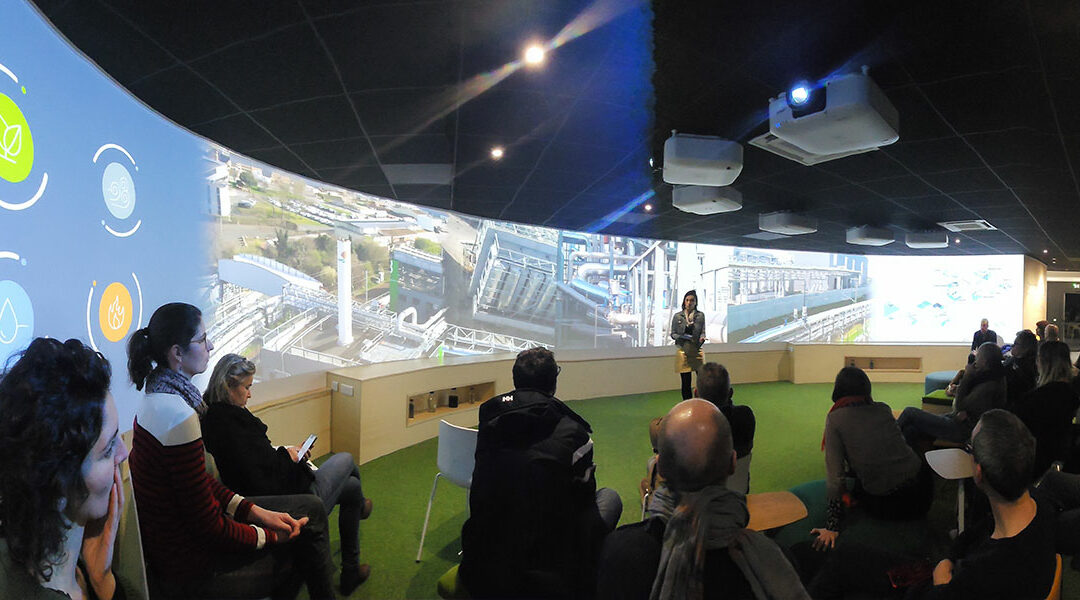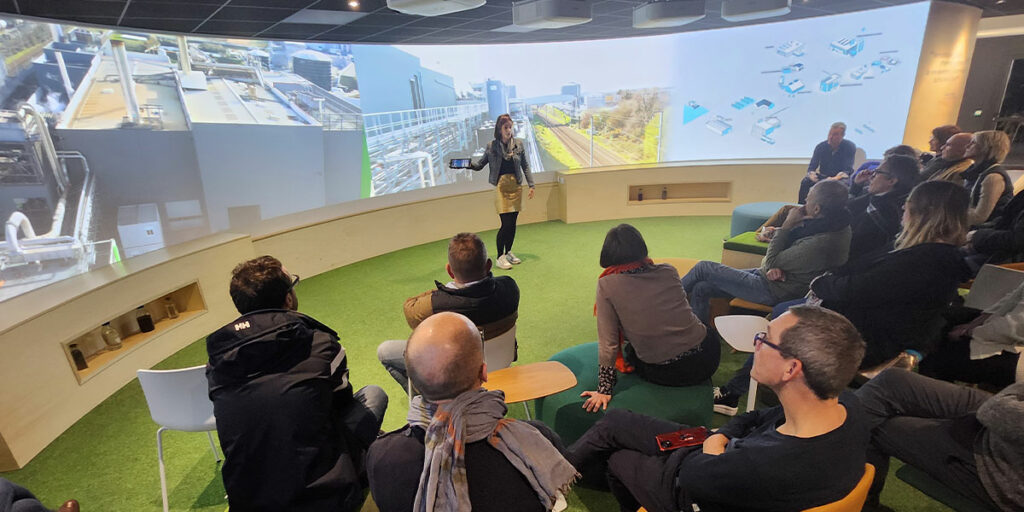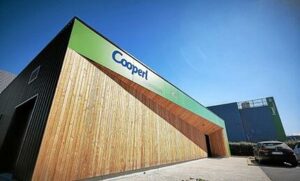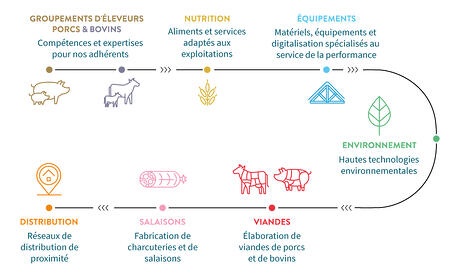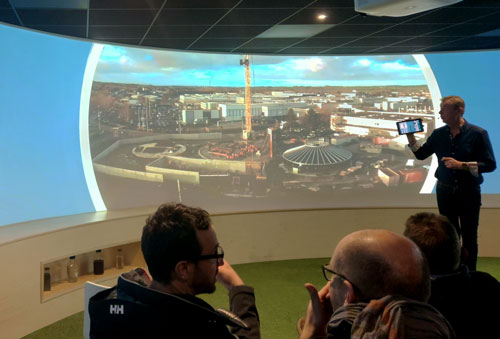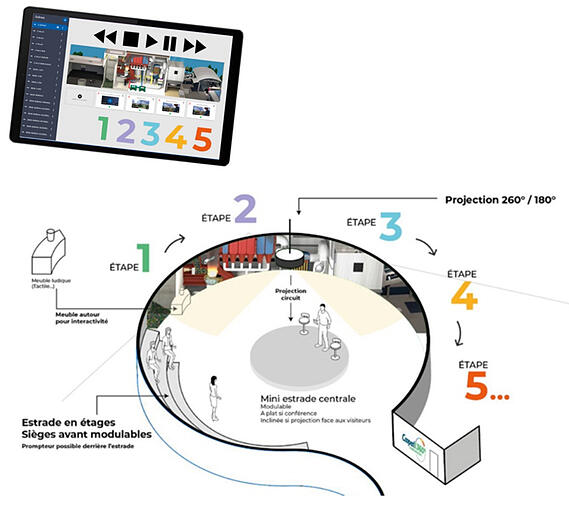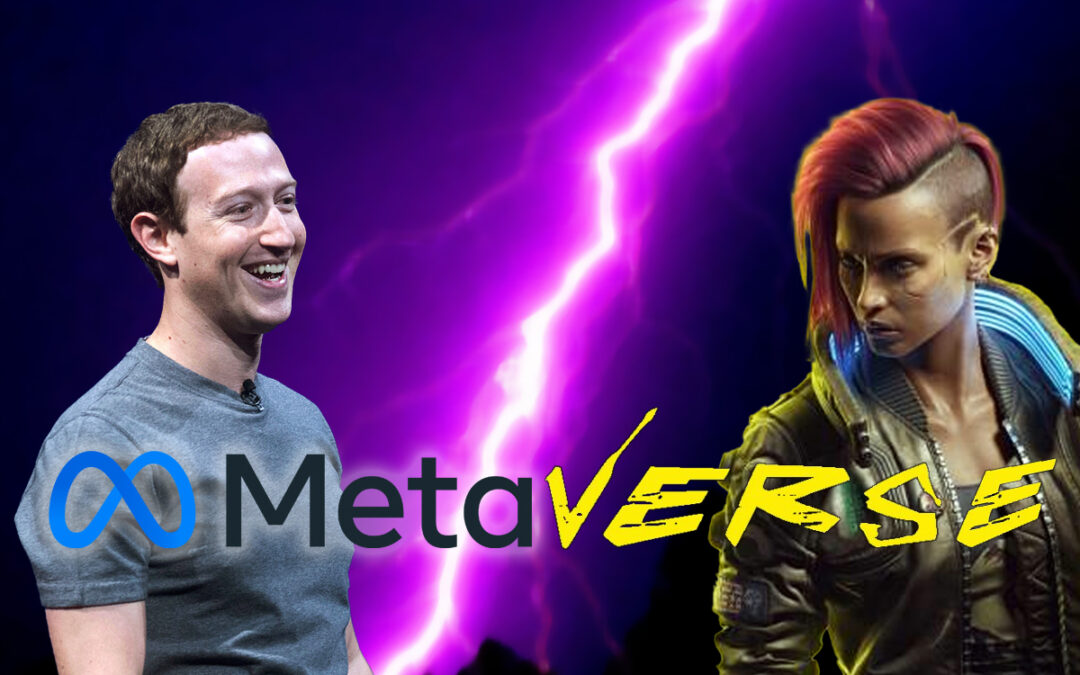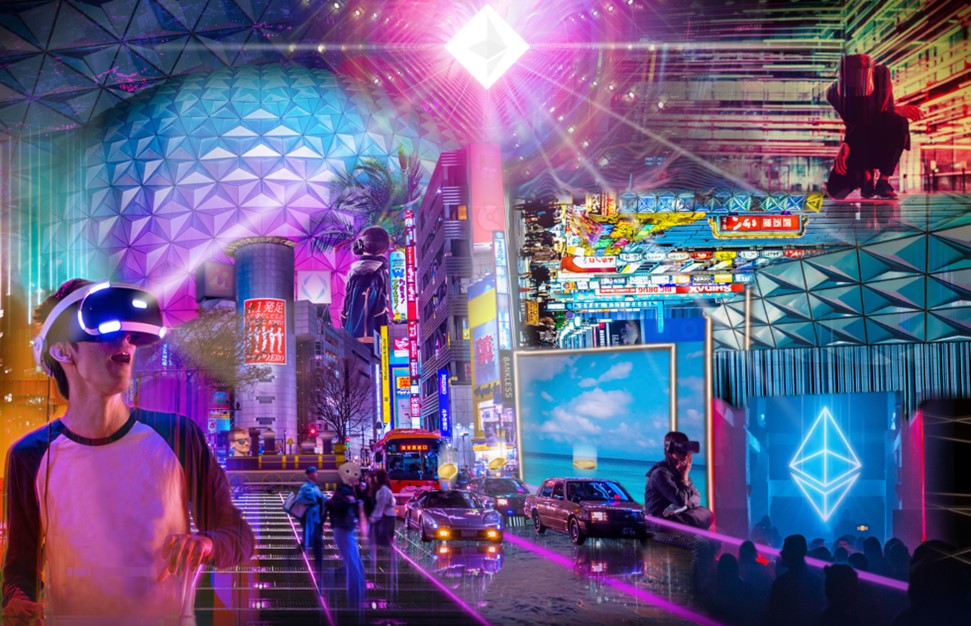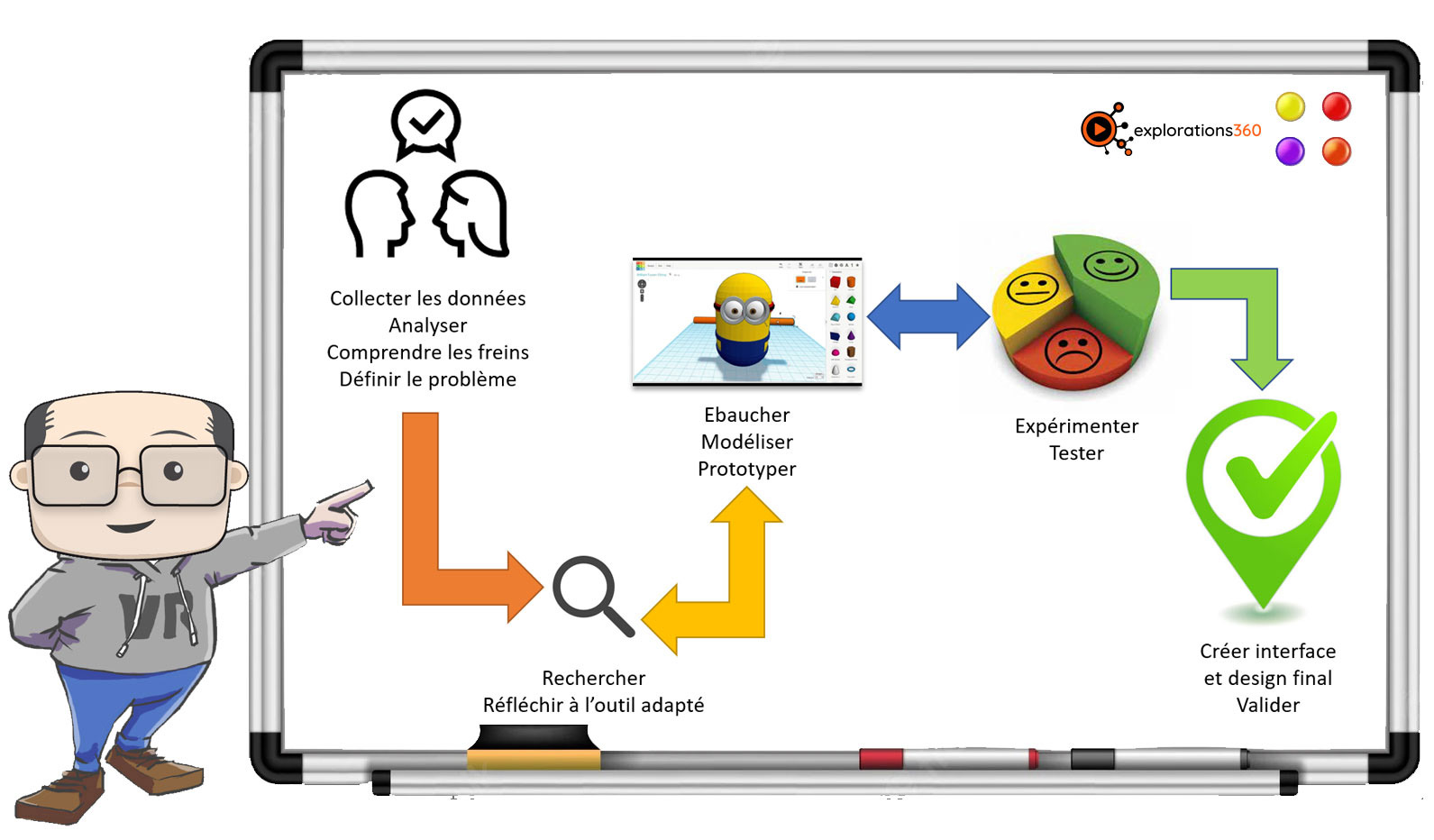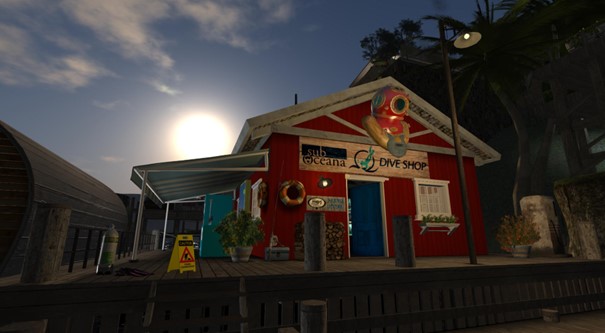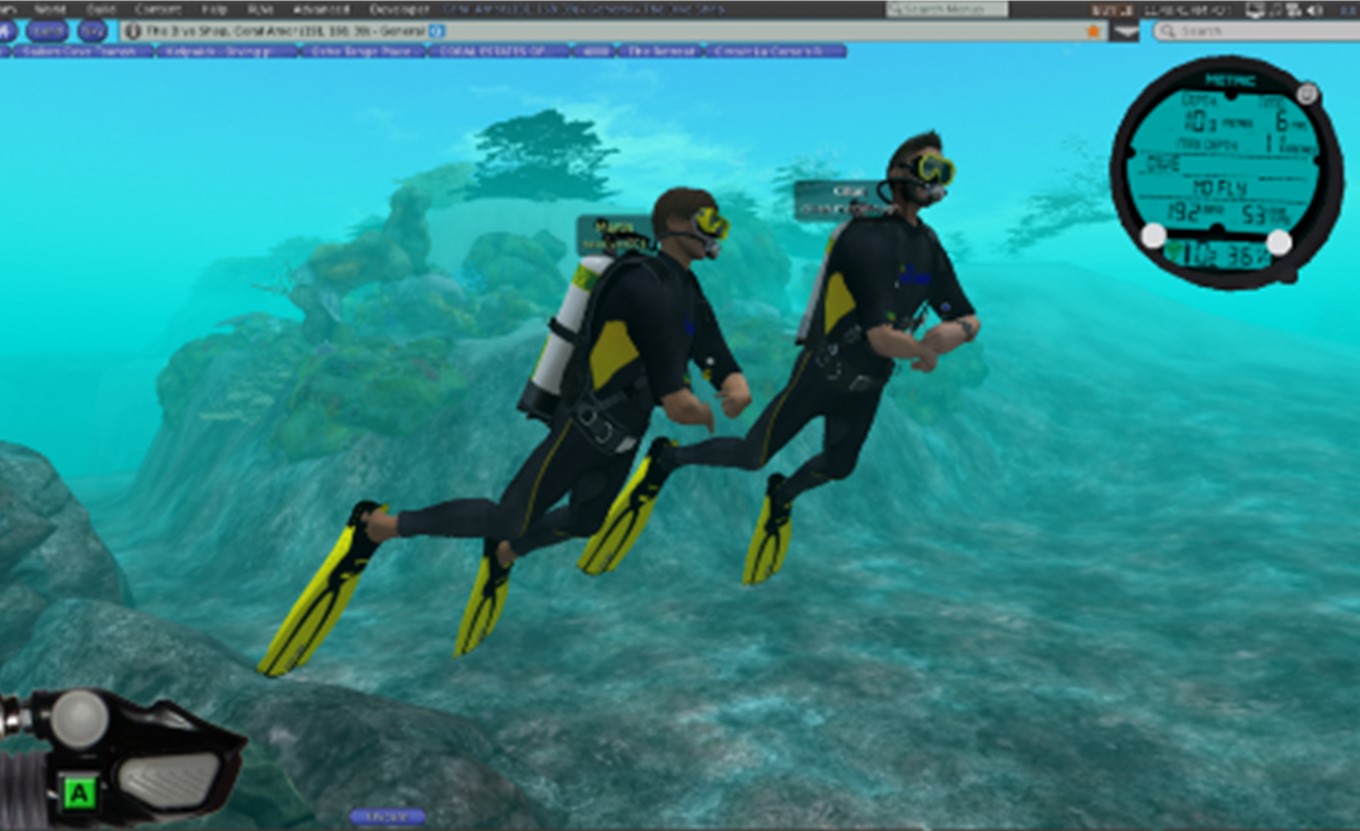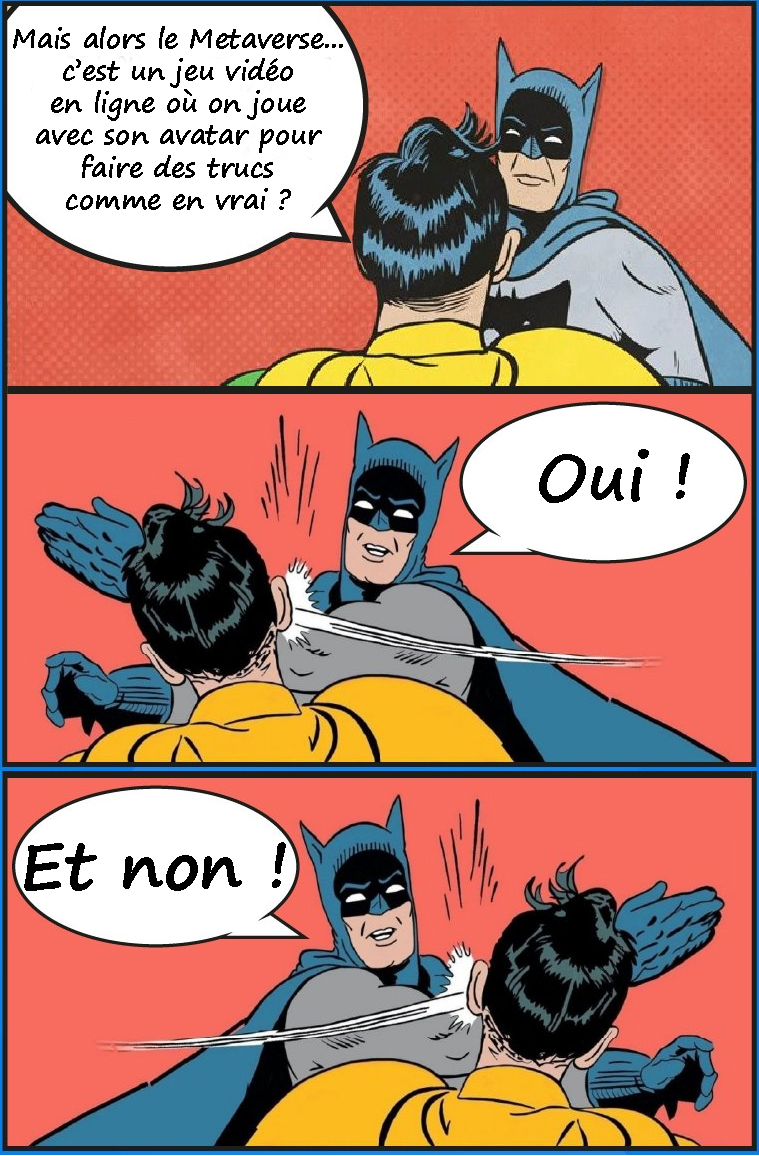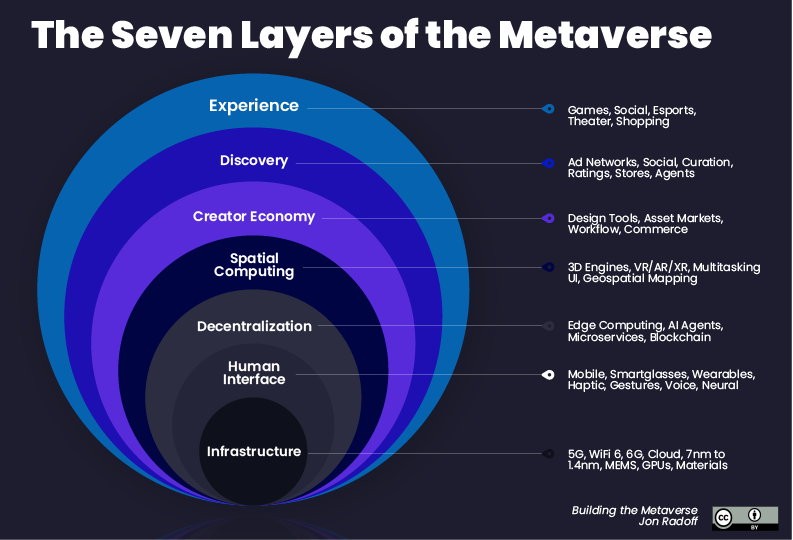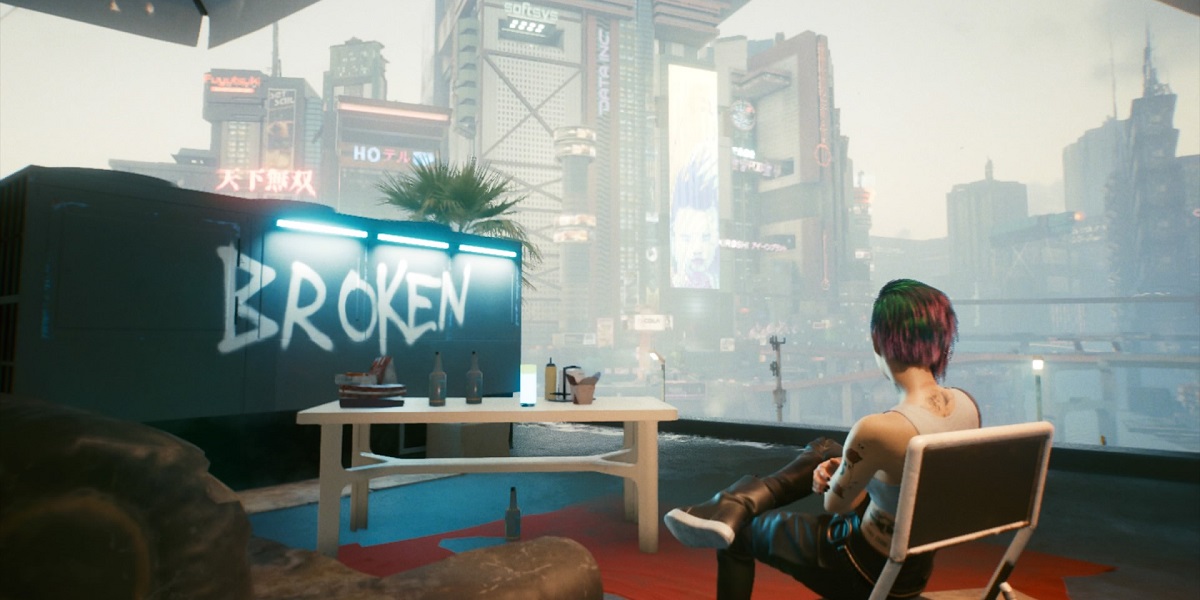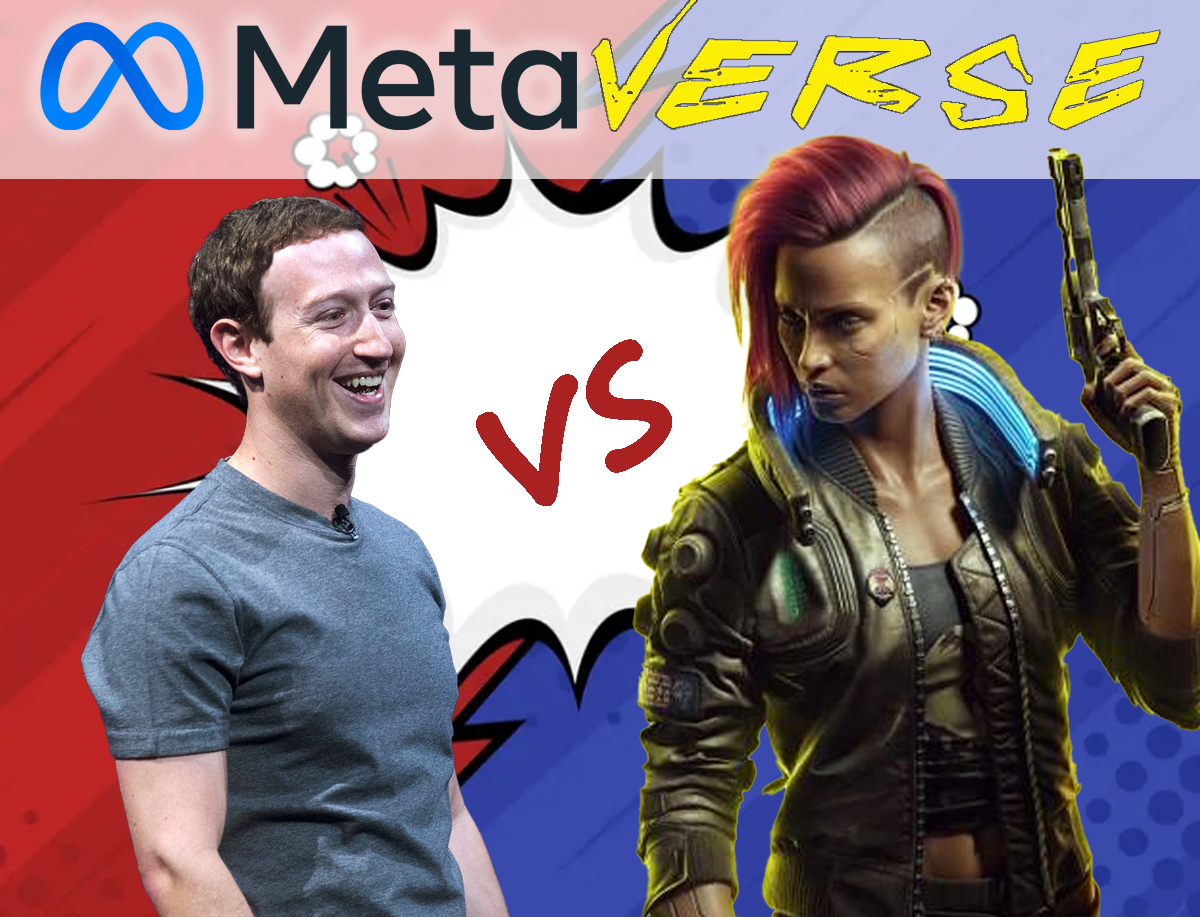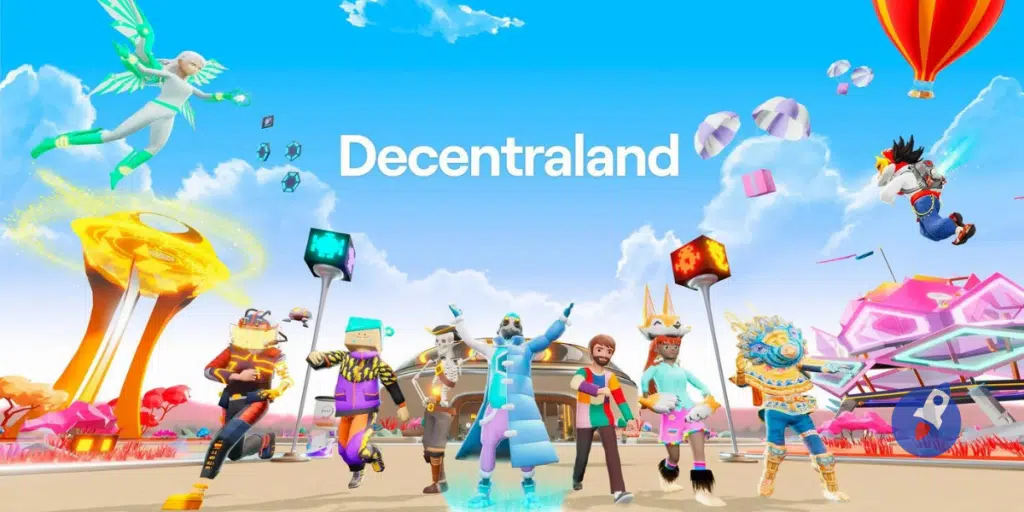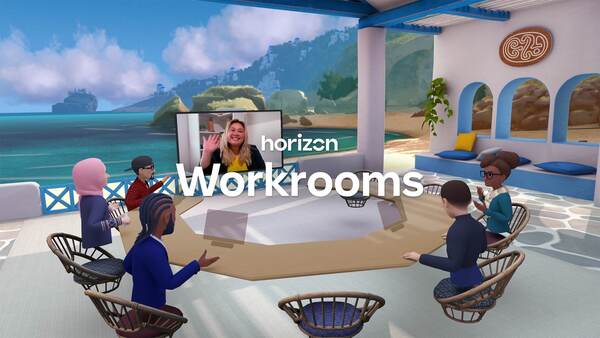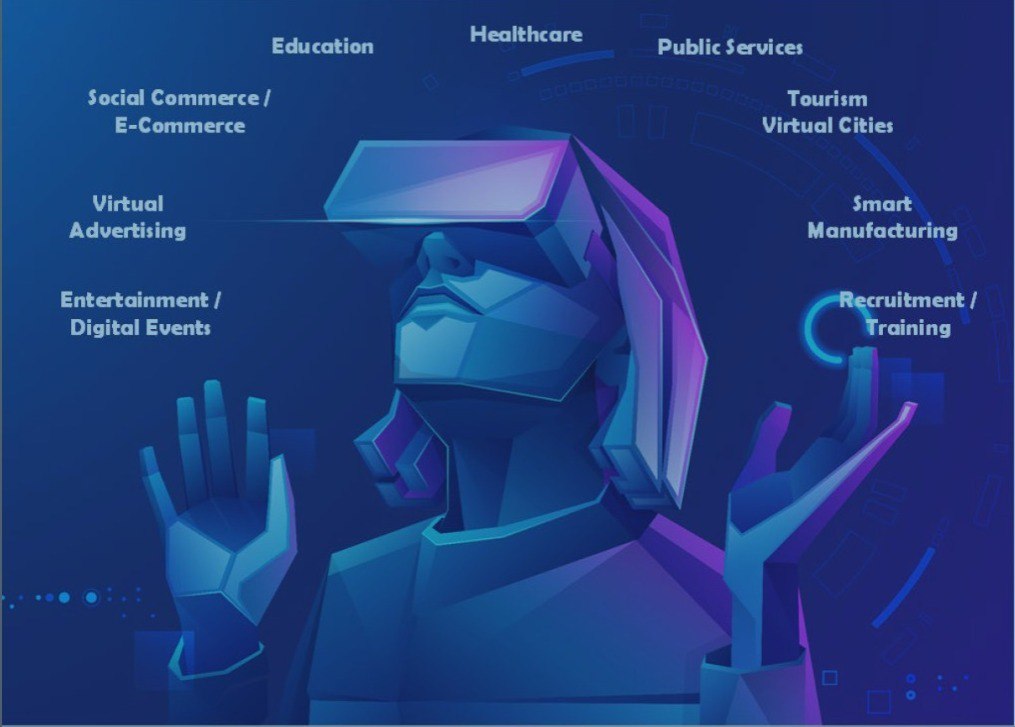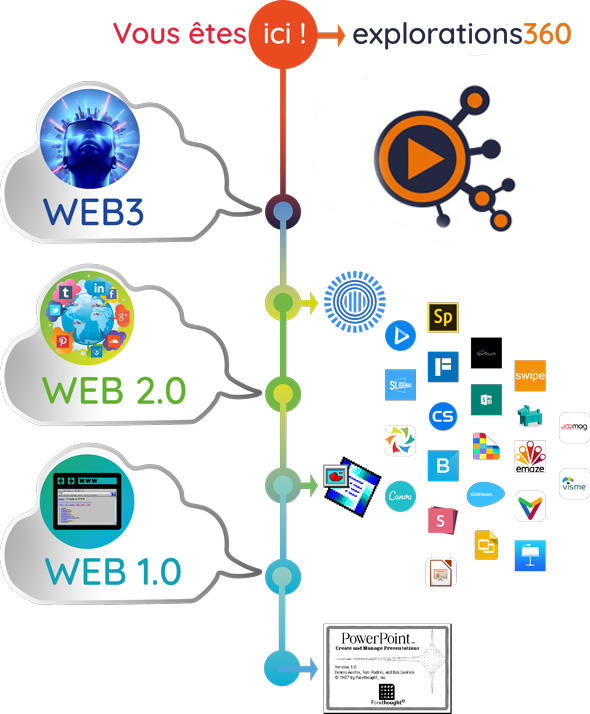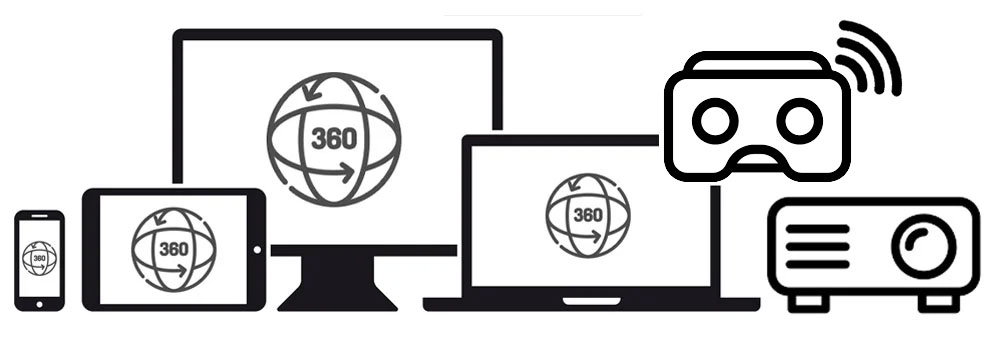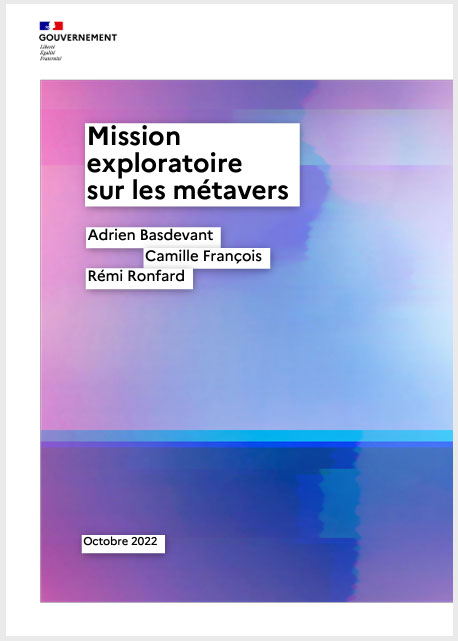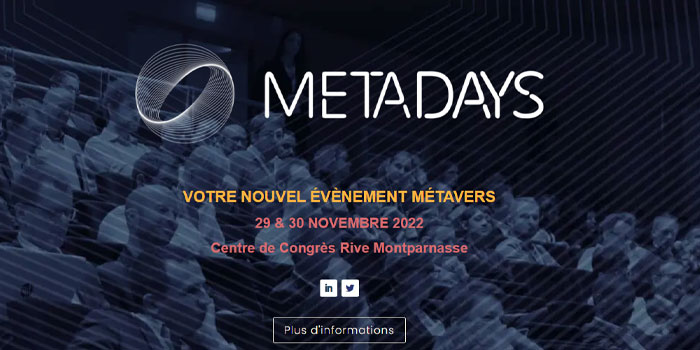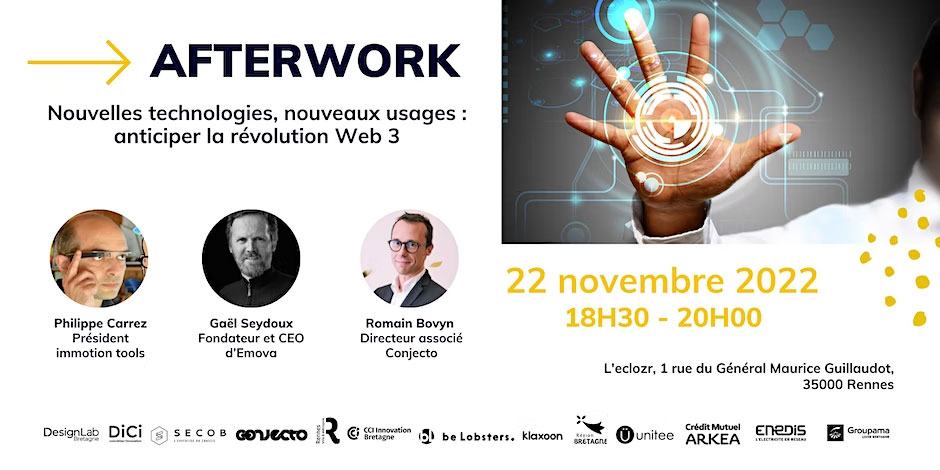
Video Restitution : Why Metavers?
Captation Metaverse conference
by Pascal Guitton with the participation of Philippe Carrez
The "L'invité(e) du jeudi" conferences - a partnership between Cnam Bretagne and AFAS - are offered every month. Hosted by experts with a passion for their field, they deal with topical issues, but with the necessary distance. https://www.cnam-bretagne.fr/actu...
"METAVERS, WHY?" Lecture recorded on Thursday March 9, 2023 by Pascal Guitton, Professor Emeritus University of Bordeaux & Inria, with the participation of Philippe Carrez, director of "Immersion Tools", a company specializing in virtual reality in Saint-Brieuc.
For a little over a year now, we've been confronted with an avalanche of announcements concerning the emergence of metavers; sometimes dithyrambic, sometimes catastrophic, most often excessive in one sense or another. The aim of Pascal Guitton's presentation is firstly to provide a clear understanding of what metavers might be, where they might come from and what they might be used for. Secondly, we'll look at the main #risks associated with this type of service.
Other articles on the Metaverse here:
https://www.explorations360.com/15-ans-dans-le-metaverse/


